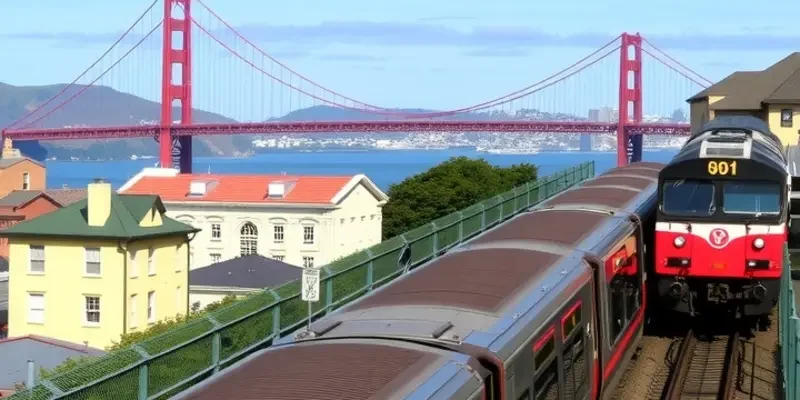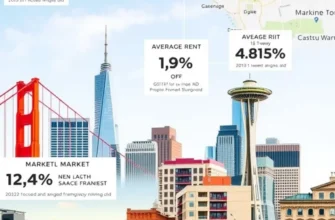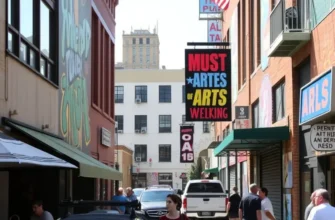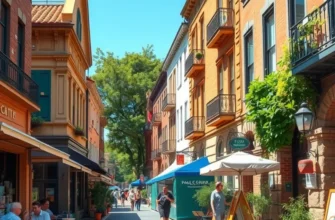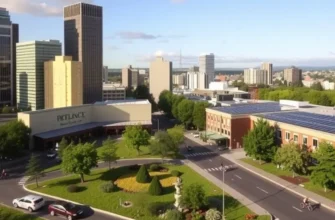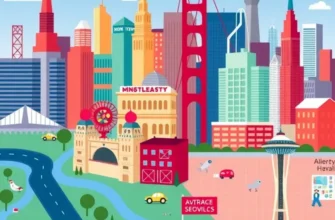Finding the right city to relocate to can be both exciting and overwhelming, especially for renters, young professionals, students, couples, and families. One of the key factors influencing this decision is public transportation. An efficient and reliable public transit system can greatly enhance daily life, reduce commuting stress, and promote a sustainable lifestyle. With various cities across the U.S. leading the way in public transportation, understanding your options can make all the difference. This guide will explore two cities renowned for their transit systems, offering practical insights and tips tailored to your lifestyle and needs. Whether you’re commuting to work, navigating classes, or seeking family-friendly outings, seamless public transportation can be your best ally in establishing a new home.
San Francisco: The Efficient Bay Area Rapid Transit (BART) System
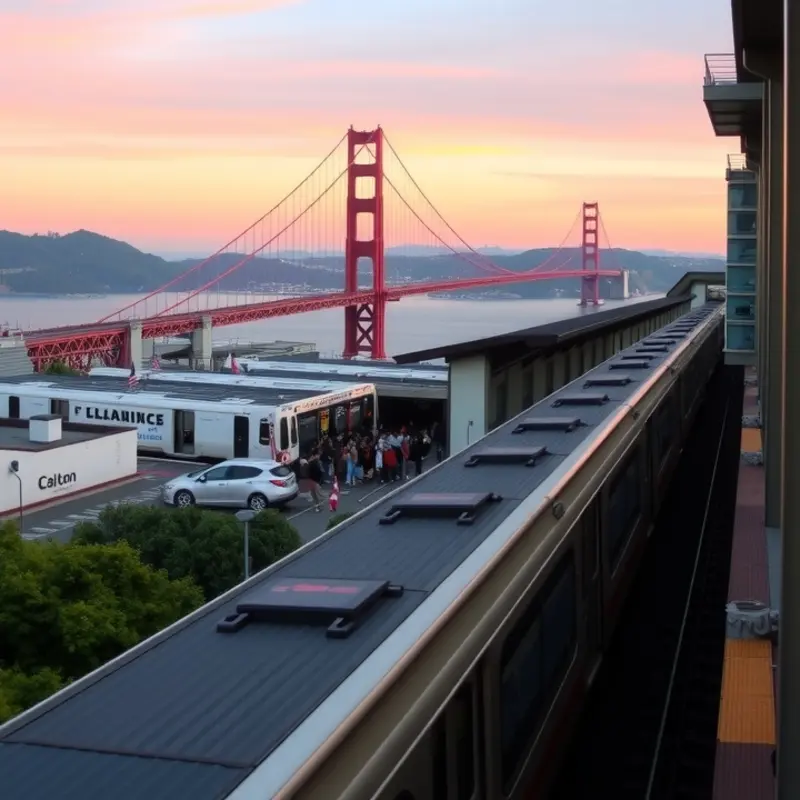
The Bay Area Rapid Transit (BART) system has long been a symbol of efficient transport in San Francisco, seamlessly connecting various parts of the Bay Area. Designed to ease commuting and reduce traffic, BART serves as a backbone for many locals reliant on public transit.
A key advantage of BART is its extensive network that stretches beyond San Francisco, covering important urban centers like Oakland and Berkeley. BART’s reach means residents can comfortably travel between home, work, and entertainment without the stress of driving. The interconnected nature of BART stations offers commuters flexibility in choosing residences closer to these transit hubs, often a draw for those seeking apartments with easy access to transportation.
Navigating San Francisco with BART opens up an array of neighborhood options. The Mission District, known for its vibrant arts scene, is easily accessible from the 16th Street or 24th Street stations. These areas offer eclectic dining and cultural activities, enticing those looking to immerse themselves in the local culture. Similarly, neighborhoods like the Financial District or Embarcadero provide swift access to professional opportunities, with Montgomery Street station serving as a key transit point.
Transit Tips:
- Peak Hours: BART can become crowded during rush hours, typically from 7-9 AM and 4-6 PM. Commuters might consider traveling slightly earlier or later to avoid these peak times.
- Clipper Card: For frequent travelers, acquiring a Clipper Card is essential. This card facilitates easy entry and exit at stations and offers discounts compared to paper tickets.
- Real-Time Updates: BART’s schedule can change due to maintenance or other factors. Using a real-time transit app can keep you informed about any delays or disruptions.
Local rentals that benefit from proximity to BART stations often boast higher demand due to the convenience factor. When searching for a new apartment, proximity to this transit infrastructure can enhance not just everyday commuting ease but also property value over time. Indeed, renter credit improvement tips can also play a role in securing leases in prime locations.
Ultimately, BART makes San Francisco a commuter’s paradise, offering a reliable and efficient way to navigate the city and beyond. For those considering a move to the Bay Area, factoring BART station proximity into apartment selection could ensure a stress-free and vibrant city living experience.
New York City: Navigating the Heart of Public Transit
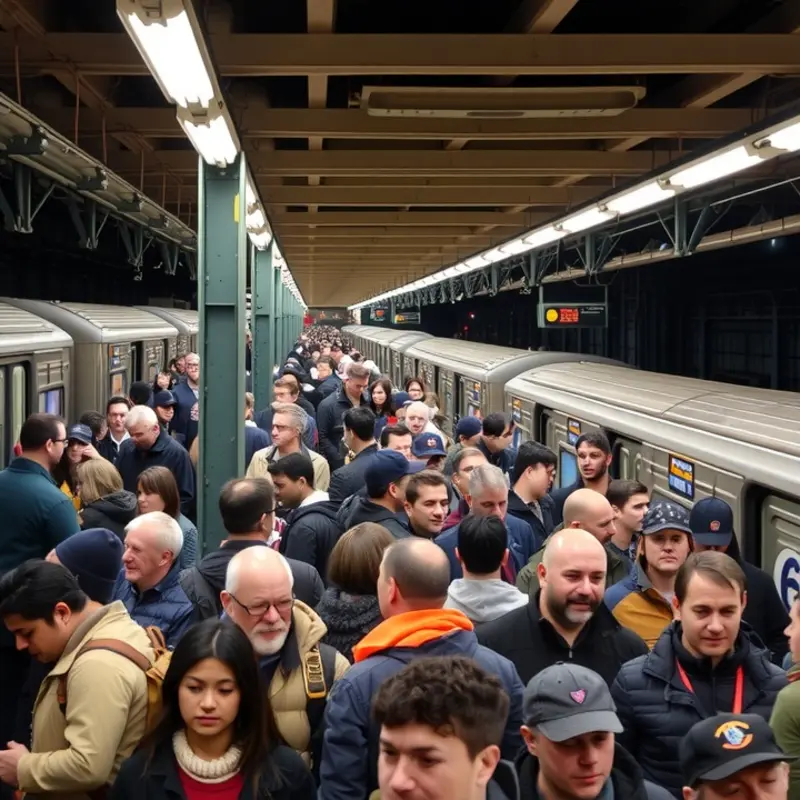
The New York City subway system is a symbol of metropolitan life, integral to the city’s relentless energy and cultural mélange. It sprawls across 472 routes with over 665 miles of track, efficiently transporting millions daily. This network doesn’t just facilitate movement; it knits together diverse neighborhoods, supports local economies, and influences real estate dynamics.
For newcomers and locals alike, mastering the subway ensures seamless urban living. Transfers may seem daunting initially but hold the key to efficient travel. Stations like Times Square-42nd Street connect multiple lines, offering flexibility. Knowing such transfer points helps circumvent delays and optimizes transit time.
Some subway lines consistently garner praise for convenience. The 4/5/6 trains, for example, traverse Manhattan’s east side and often run express, catering to those commuting from the Bronx to Brooklyn. The 1/2/3 lines cover the west with similarly robust service. For October daylight savings, the L train becomes vital, linking youthful Williamsburg with central Manhattan. Familiarity with these lines is crucial, especially if proximity to them influences your residence choices.
Public transit shapes New York City’s real estate in significant ways. Areas closer to well-serviced stations typically command higher rental prices. It makes finding an apartment near a key station a savvy move for many, balancing rental price against accessibility. If you’re seeking tips on renting wisely, visiting local guides on apartment renting here could offer valuable insights, applicable to any bustling city.
Metrocards remain indispensable. While kiosks sell single-use tickets, opting for a weekly or monthly unlimited ride Metrocard might be more economical for frequent travelers. Embrace technology by using transit apps to track real-time arrivals, service changes, or scheduled maintenance.
Safety is another pivotal aspect. The densely packed nature of subway travel means simple precautions matter. Keep personal belongings secure, stand clear of platform edges, and stay aware during off-peak hours.
In such a vast city, the subway is more than transport. It’s a lifeline that allows exploration, from Bronx’s botanical gardens to Brooklyn’s eclectic arts scene. By understanding this network, residents are empowered to make stress-free, timely decisions about moving and settling in one of the world’s most vibrant metros.
Final words
Choosing the right city greatly impacts your lifestyle, especially when it comes to daily commuting. With cities like San Francisco and New York leading the way in efficient public transportation systems, renters can enjoy smoother transitions and more opportunities for exploration. Whether you rely on trains, buses, or trams, public transit can reduce the hassle of parking, lower commuting costs, and encourage local adventures. As you embark on your relocation journey, consider prioritizing access to reliable public transportation systems to enhance your quality of life and experience in your new city.

